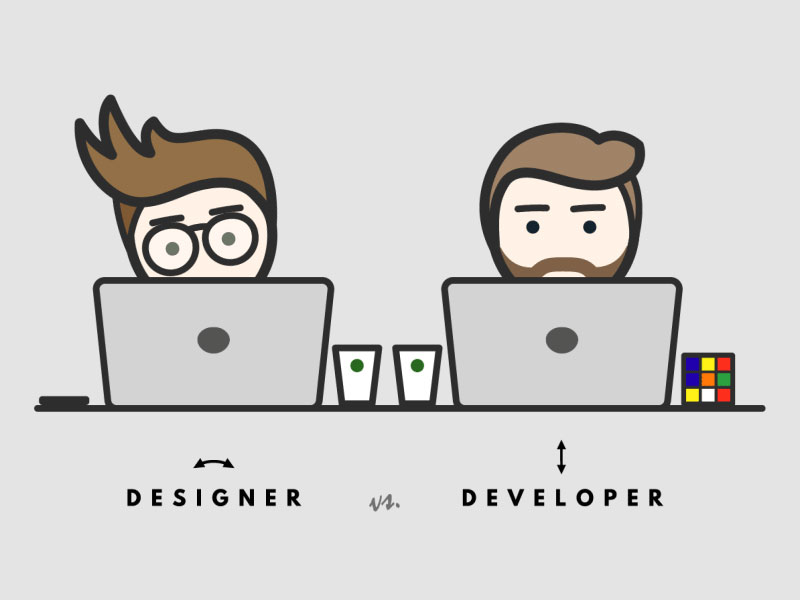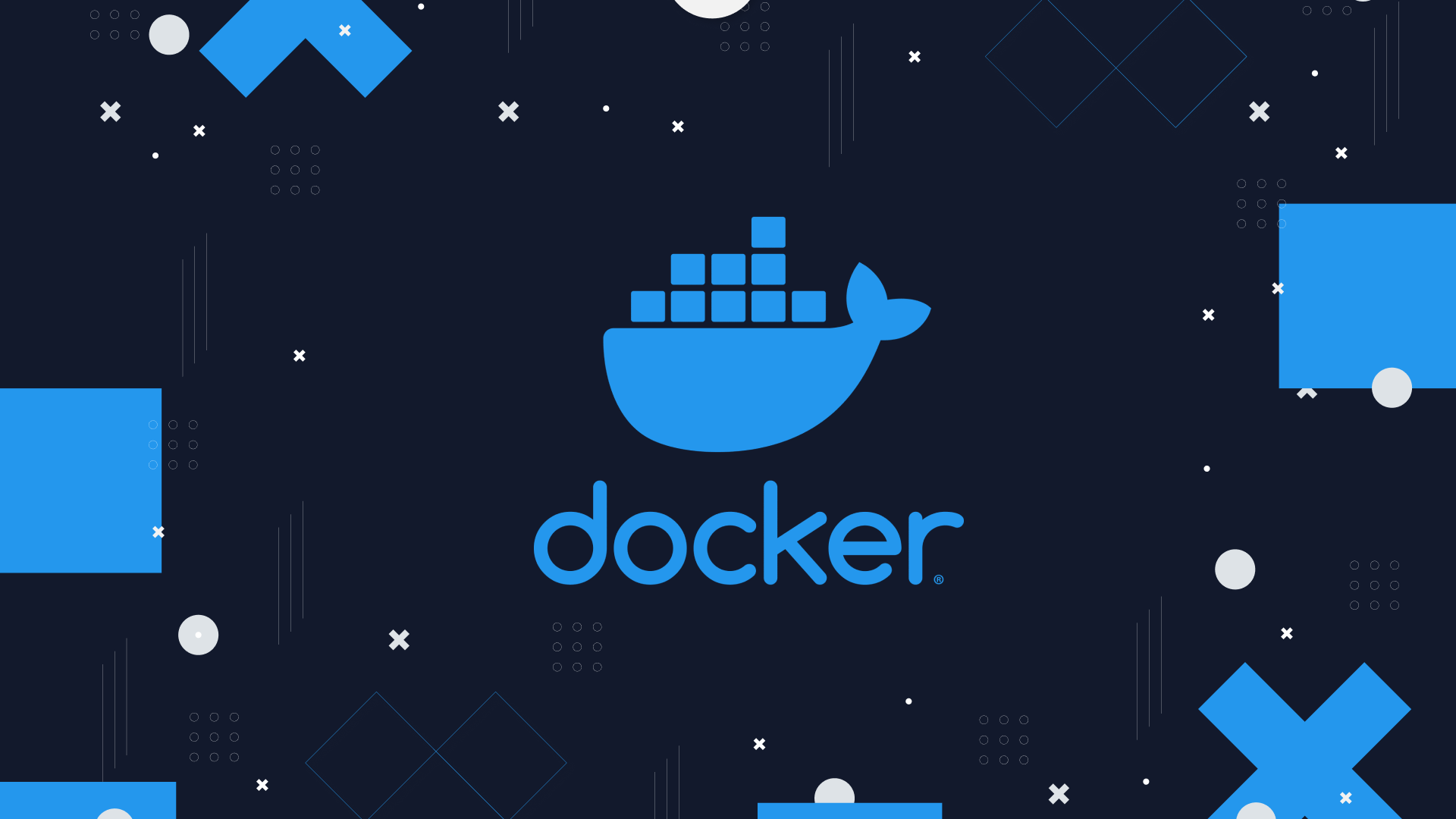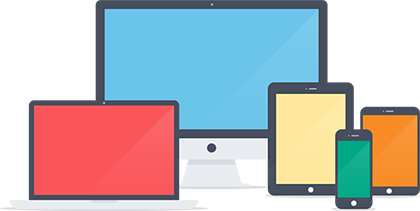
In the dynamic world...


In the world of web and app development, one of the key decisions that businesses and individuals face is whether to have a separate developer and designer for their projects. This question goes beyond mere logistics; it can impact the quality, efficiency, and overall success of your digital endeavors. To answer this question, we need to consider various factors and understand the roles of developers and designers in the digital world.
Developers and designers play distinct but complementary roles in the creation of digital products. To make an informed decision about whether you should have separate individuals for these roles, it's essential to understand what each job entails.
Now that we've defined the roles, let's explore some key considerations when deciding whether to have separate developers and designers.
The complexity of your project is a critical factor. Simple projects, like personal blogs or basic websites, might not require the separation of roles. In such cases, one person with a combination of design and development skills can suffice. However, as the complexity increases, having separate experts becomes more beneficial.
For complex web applications, e-commerce platforms, or mobile apps, the specialization of roles can lead to a more refined product. It allows designers to focus on creating a compelling user experience, while developers can concentrate on the intricate technical aspects.
Collaboration is essential in the world of digital projects. While it's possible for one person to handle both design and development, this approach can lead to conflicts of interest and hinder creativity. Developers may prioritize functionality over aesthetics, and designers may not fully understand the technical implications of their design choices.
Having separate developers and designers encourages a healthy workflow. It allows each team to work independently within their domain of expertise and collaborate effectively, resulting in a more balanced and refined final product.
Specialization leads to higher quality. Designers who solely focus on creating user-friendly and visually appealing interfaces are likely to produce better designs than those splitting their time between design and development tasks. Likewise, developers who concentrate on coding are more likely to create robust, error-free software.
Quality is often a critical factor in the success of digital products. To deliver a high-quality product, it's often best to have dedicated professionals in each role.
Consider your project's long-term prospects. If you anticipate growth or regular updates, having dedicated developers and designers is advantageous. They can adapt to evolving technologies and design trends, ensuring your product remains competitive and up-to-date.
In contrast, if you merge both roles into one, you may face limitations when the workload becomes more extensive or requires specific expertise. Scaling your project or making substantial changes might be more challenging.
It's important to acknowledge that having separate developers and designers can be costlier than having a single individual take on both roles. Smaller businesses or individuals with budget constraints may need to compromise on specialization for the sake of affordability.
In such cases, finding a multi-talented individual with skills in both design and development could be a viable solution. However, it's crucial to understand that this approach may come with certain trade-offs in terms of quality and efficiency.
The decision of whether to have a separate developer and designer ultimately depends on the nature of your project, your budget, and your long-term goals. In an ideal scenario, where resources allow, having dedicated professionals for each role can result in a more refined and successful digital product. The division of labor, specialization, and collaborative workflow can lead to a high-quality end product that not only functions well but also looks appealing and user-friendly.
However, if resource constraints are a significant concern, finding a skilled individual with a hybrid skill set may be a practical compromise. Whichever path you choose, the key is to recognize the unique demands of both development and design and make a decision that aligns with the specific needs and goals of your digital project.
Creative Head

In the dynamic world...

In t...

In the dynamic landscape of online conten...

In the world of web and app de...

In the ever-evolving world of web development, staying up-to-date with the latest technologies and frameworks is...

In the world of software development and deployment, efficiency, consistency, and scalability are paramo...

